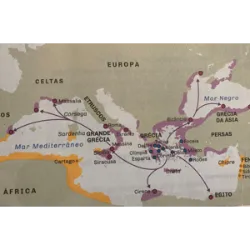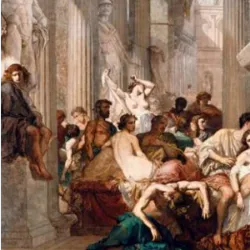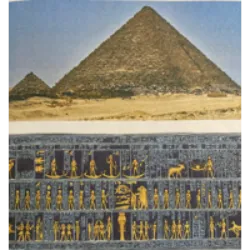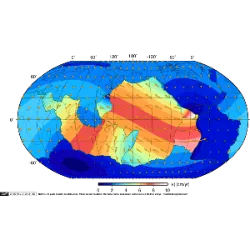Protestant Reformation (1517)
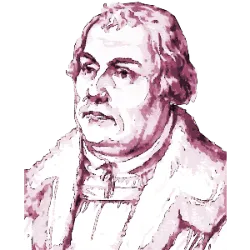
On October 31, 1517, the German monk Martin Luther posted his 95 Theses on the door of the Castle Church in Wittenberg, challenging the Catholic Church and its practices, especially the sale of indulgences. Luther questioned papal authority and defended the idea that salvation was achieved through faith, not through rituals or buying forgiveness, as the Church preached. This act marked the beginning of the Protestant Reformation, a movement that would divide Western Christianity and give rise to the creation of several Protestant denominations.
The publication of the 95 Theses spread quickly throughout Europe, thanks to the invention of the printing press, and generated intense theological and political debate. Luther not only questioned the practices of the Church, but also the foundations of its power and its influence over rulers. The movement that followed not only transformed religion, but also profoundly altered politics, with many princes and states adopting Protestantism as a way of weakening papal rule.
The Protestant Reformation resulted in the creation of new churches, such as Lutheranism and Calvinism, and had profound implications for the political, social and religious organization of Europe, being one of the most important landmarks in modern history.
Did you know??
